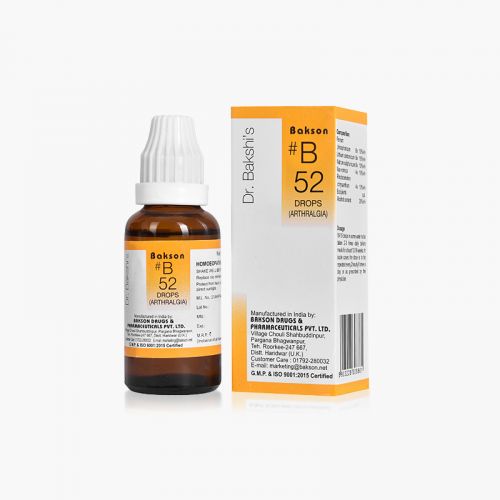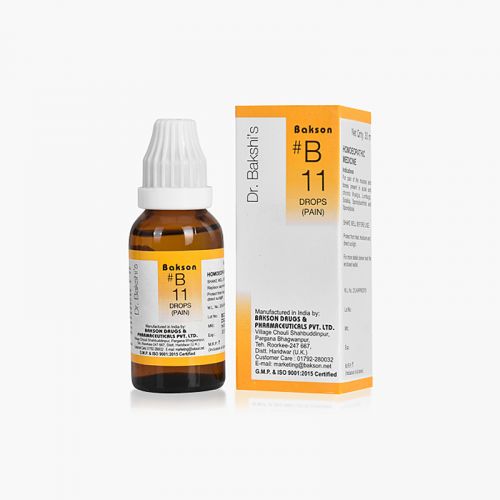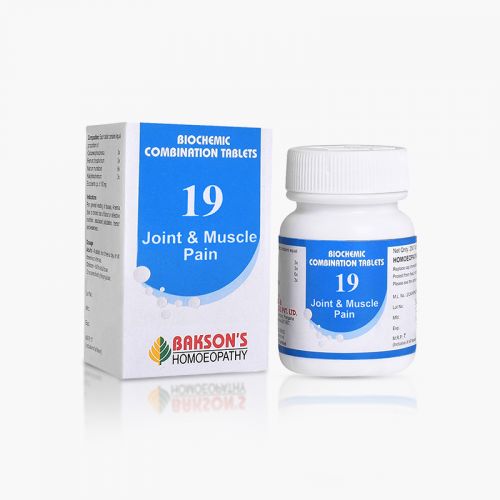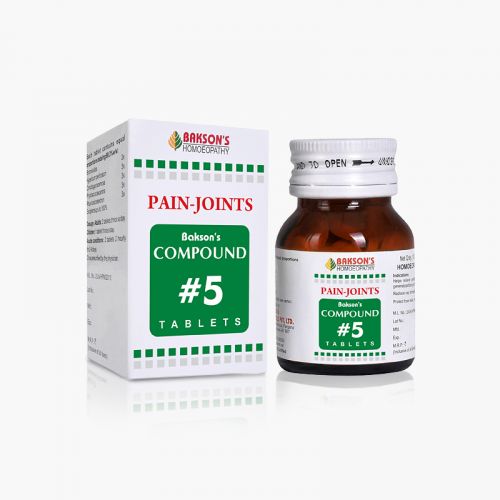We use cookies to make your experience better. To comply with the new e-Privacy directive, we need to ask for your consent to set the cookies. Learn more.
What are Muscle cramps?
Muscle spasm or cramps is the result of continuous, involuntary, painful, and localized contraction of an entire muscle group, individual single muscle, or select muscle fibres. Muscle spasm is a more encompassing term referring to any involuntary muscle contraction A cramp is never considered as a local effect but it rather involves the whole body both at the somatic and emotional levels.
There is practically no relation between gender preponderance and cramps. About 80 percent of the affected muscle area is the calf.
Risk factors/ causes
The cause of the cramp depends on the underlying condition and it is a little difficult to enumerate the aetiological factors. Some common underlying medical conditions may be-
- Inadequate blood supply: Arteriosclerosis of the extremities causes narrowing of the arteries reducing the blood supply and causing cramps. The cramps appear during exercise.
- NLC'S (Nocturnal leg cramps): It is also called as sleep-related leg cramps and is associated with certain neurological, hormonal or metabolic disorders.
- Nerve compression: Lumbar stenosis may lead to compression of a nerve I the spine which produces cramp-like pain/spasm.
- Mineral deficiency: Deficiency of potassium, calcium or magnesium can produce frequent cramps.
- Exercise-Associated Muscle Cramp (EAMC): Heat associated muscle cramps are often seen during sports and rigorous exercise. Loss of sweat and electrolytes may be the possible mechanism for this. Also, this might be linked to a peripheral neurological disorder.
- Writer's Cramp: It is a specific dystonia of the hand used for writing. This may be the result of different abnormalities of the central neural network.
- End-Stage Renal Disease: Patients with chronic renal failure may suffer from muscle cramps involving the lower limbs. The cause could be polyneuropathy.
- Diabetes Mellitus: The presence of the cramps may be associated with the presence of neuropathy and altered peripheral vascularization.
- Fibromyalgia: The onset of cramps may be due to the hyperexcitation of the peripheral nervous system.
Diagnosis
Palpation is the first evaluation step where a strong tension/ knot is felt under the hands. Electromyography is another evaluation which can be undertaken to understand the type of discharge of motor units and diagnose the related neurological pathology.
General management
Management measures include stretching of the involved muscle or deep massages, correct heating before any physical activity and adequate hydration.
Warning: Above information provided is an overview of the disease, we strongly recommend a doctor's consultation to prevent further advancement of disease and/or development of complications.
Disclaimer: The information provided herein on request, is not to be taken as a replacement for medical advice or diagnosis or treatment of any medical condition. DO NOT SELF MEDICATE. PLEASE CONSULT YOUR PHYSICIAN FOR PROPER DIAGNOSIS AND PRESCRIPTION.
- #B 52 DROPSSpecial Price ₹ 160.00 Regular Price ₹ 200.00
- BAKSON #B 11 DROPSSpecial Price ₹ 160.00 Regular Price ₹ 200.00
- BAKSON RHEUM AID GELSpecial Price ₹ 84.00 Regular Price ₹ 105.00
-
- BCT # 19 (JOINT & MUSCLE PAIN)-250TABSpecial Price ₹ 84.00 Regular Price ₹ 105.00
- COMPOUND #5 TABLETS-100TABSSpecial Price ₹ 108.00 Regular Price ₹ 135.00
- RHEUM AID ACTIVE TABLETS - 75 TABSSpecial Price ₹ 172.00 Regular Price ₹ 215.00
-
- RHUS TOX OINTMENT- 25 GM₹ 70.00
- RUTA OINTMENT- 25 GM₹ 75.00













